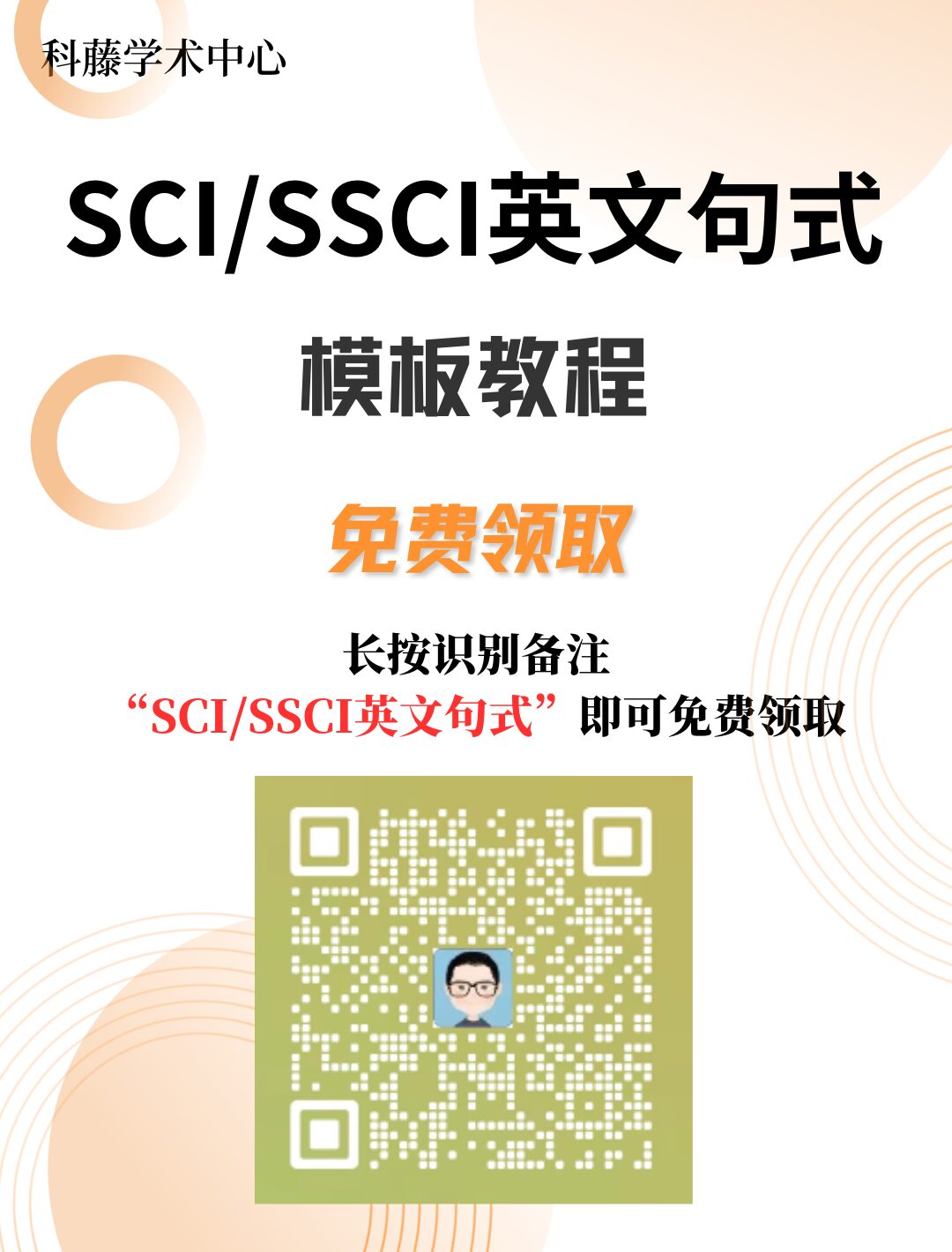



Sperm-Like Microrobots have broad application prospects in biomedicine, especially in precise drug delivery and minimally invasive surgery.
However, traditional microrobots face challenges such as complex manufacturing processes, high material requirements, and poor environmental adaptability. Professor Shen Yajing’s research team at the Hong Kong University of Science and Technology proposed a vortex turbulence-assisted microfluidic platform (VTAM) that enables the one-step formation of sperm-like structure microrobots, providing a new carrier for drug delivery driven by an external magnetic field.
The research team further introduced the micromotors into a biological simulation environment and released drugs at specific locations, demonstrating the application prospects of this new type of microrobot in biomedicine.
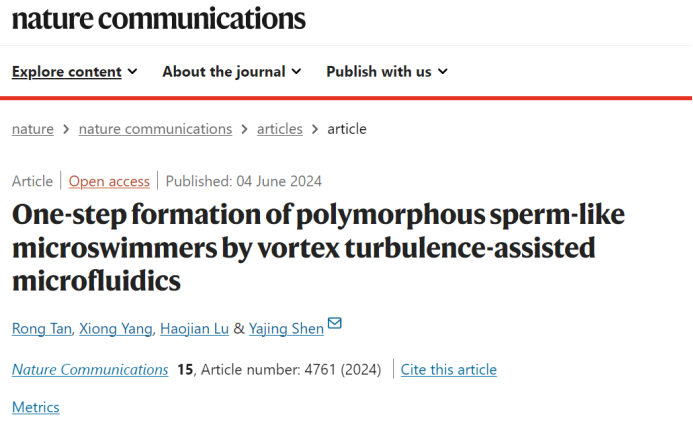
Professor Shen stated: “Our previous research found that stingray sperm has a unique double-helix structure that can achieve efficient propulsion in liquids of varying viscosities [PANS, 118, e2024329118 (2021)] (Figure 1).
However, how to mass-produce sperm-like structure microrobots and achieve efficient driving and controlled drug release has always been a challenge.
In this work, the vortex turbulence-assisted microfluidic platform (VTAM) we proposed overcomes the complexity of traditional microfluidic platforms in processing asymmetric structures, providing ideas for solving this challenge.”
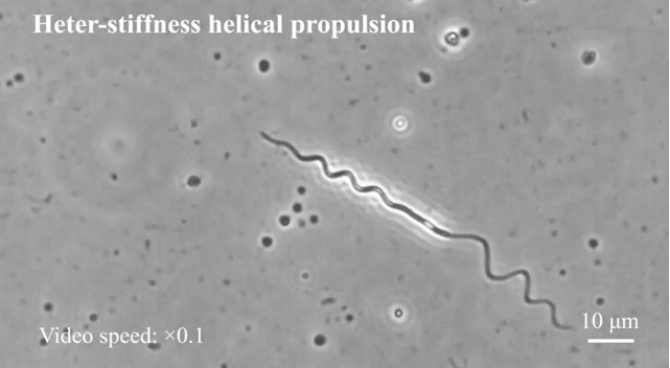
Figure 1. Double-helix structure of stingray sperm
As shown in Figure 2, the VTAM platform combines a traditional cross-shaped microfluidic chip and a vortex container formed by a rotating magnetic stirrer, where the microfluidic chip forms monodisperse magnetic alginate droplets and transfers them to a calcium chloride solution vortex container via capillarity.
The droplets burst under the action of the vortex flow (Figure 3), exposing the internal magnetic alginate solution, which is drawn out in the direction of the vortex flow, forming the asymmetric structure of the sperm-like microrobot.
After extracting the tail, due to the crosslinking reaction with calcium ions in the calcium chloride solution, the droplets solidify within a few milliseconds.
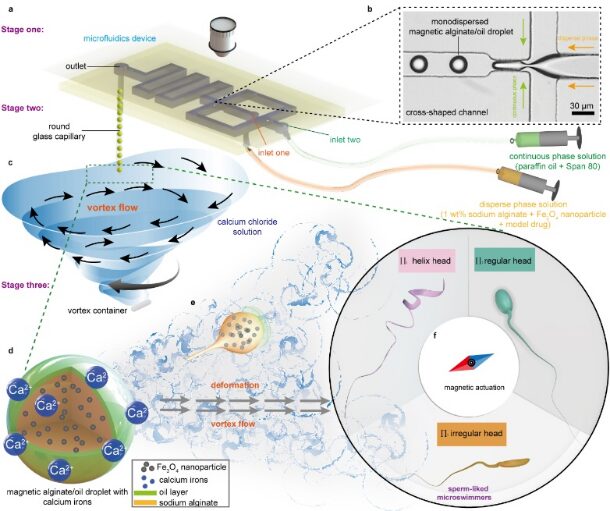
Figure 2. VTAM platform and the formation mechanism of sperm-like structure microrobots
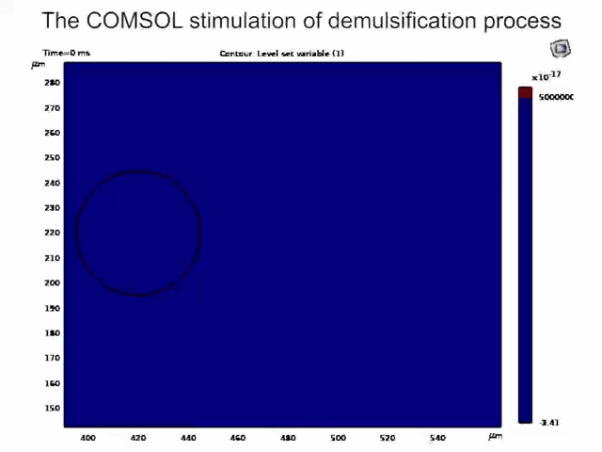
Figure 3. Dynamic simulation of droplet rupture
The first author of the article, Tan Rong, mentioned: “The VTAM platform combines a traditional cross-shaped microfluidic chip and a vortex container formed by a rotating magnetic stirrer. The micromotors prepared by this strategy have a biodegradable core-shell head and a flexible tail, and their morphology can be adjusted by the vortex rotation speed and solution concentration,” as shown in Figure 4.
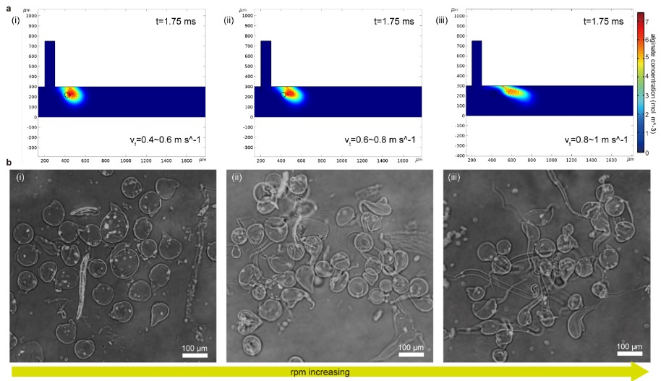
Figure 4. The tail length of sperm-like structure microrobots can be adjusted by vortex rotation speed
Under the action of the magnetic field, this sperm-like structure microrobot can swim flexibly in liquids, demonstrating its application prospects in biomedicine (Figures 5 and 6).
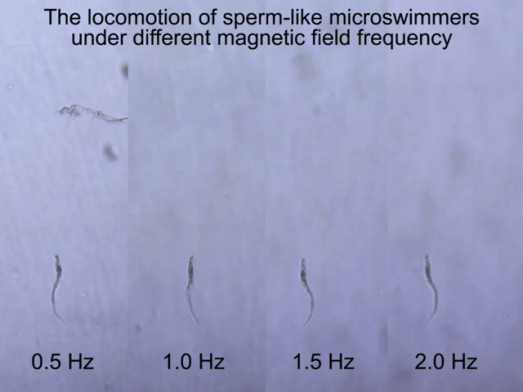
Figure 5. The swimming demonstration of sperm-like structure microrobots with irregular head structures under different magnetic field frequencies
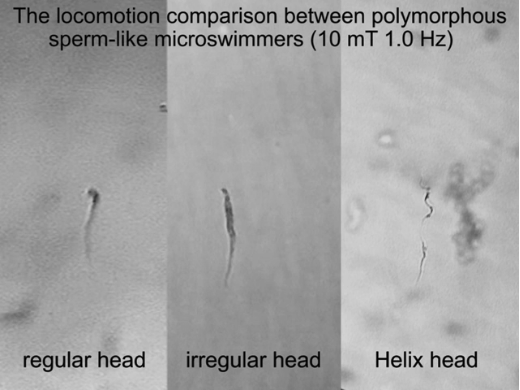
Figure 6. The swimming demonstration of three types of asymmetric sperm-like structure microrobots under the same magnetic field (regular head, irregular head, helical head)
To enhance the drug delivery performance of the new micromotors, as shown in Figure 7, the research team coated the surface of the micromotors with a pH-sensitive membrane (Alginate-Ca-Chitosan), which can achieve slow and controlled drug release in different pH environments.
In experiments, the micromotors coated with ACA membranes performed excellently under different environmental conditions, showing significantly better drug release effects than the uncoated micromotors (Figure 8).
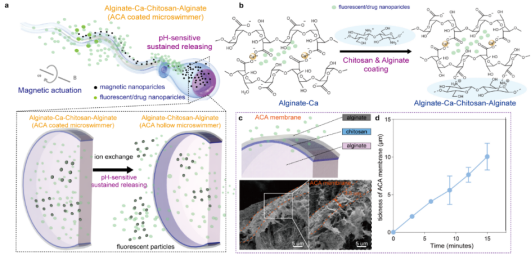
Figure 7. The formation mechanism and performance characterization of the pH-sensitive membrane (Alginate-Ca-Chitosan)
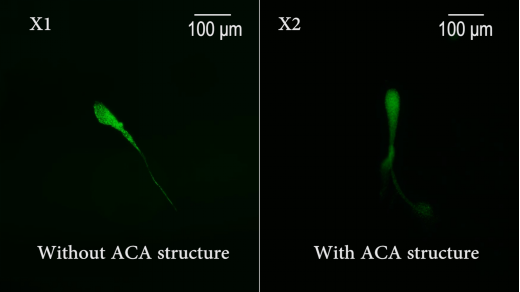
Figure 8. Microrobots with pH-sensitive membranes (Alginate-Ca-Chitosan) demonstrated significantly better drug release effects
Professor Shen added: “The VTAM platform provides a method for manufacturing complex three-dimensional polymorphic structures that cannot be achieved by traditional laminar flow devices.”
In future work, there are still many challenges to overcome to push this towards practical applications.
For example, we need to further optimize the process to ensure the consistency and stability of microrobot manufacturing.
In addition, further in vivo tests are needed to verify the actual effects of these microrobots in clinical environments.”
This research not only demonstrates the application potential of biomimetic design in biomedical engineering but also provides new ideas for future drug delivery systems.
With the continuous advancement of technology, it is believed that the new sperm-like structure microrobots will make greater contributions to human health in the near future.
This research led by Professor Shen was recently published in Nature Communications, titled “One-step formation of polymorphous sperm-like microswimmers by vortex turbulence assisted microfluidics.”
Dr. Tan Rong, a postdoctoral researcher in the Department of Electronic and Computer Engineering at the Hong Kong University of Science and Technology, and Research Assistant Professor Yang Xiong are co-first authors of the paper.
Paper link: https://www.nature.com/articles/s41467-024-49043-0
DOI: 10.1038/s41467-024-49043-0
